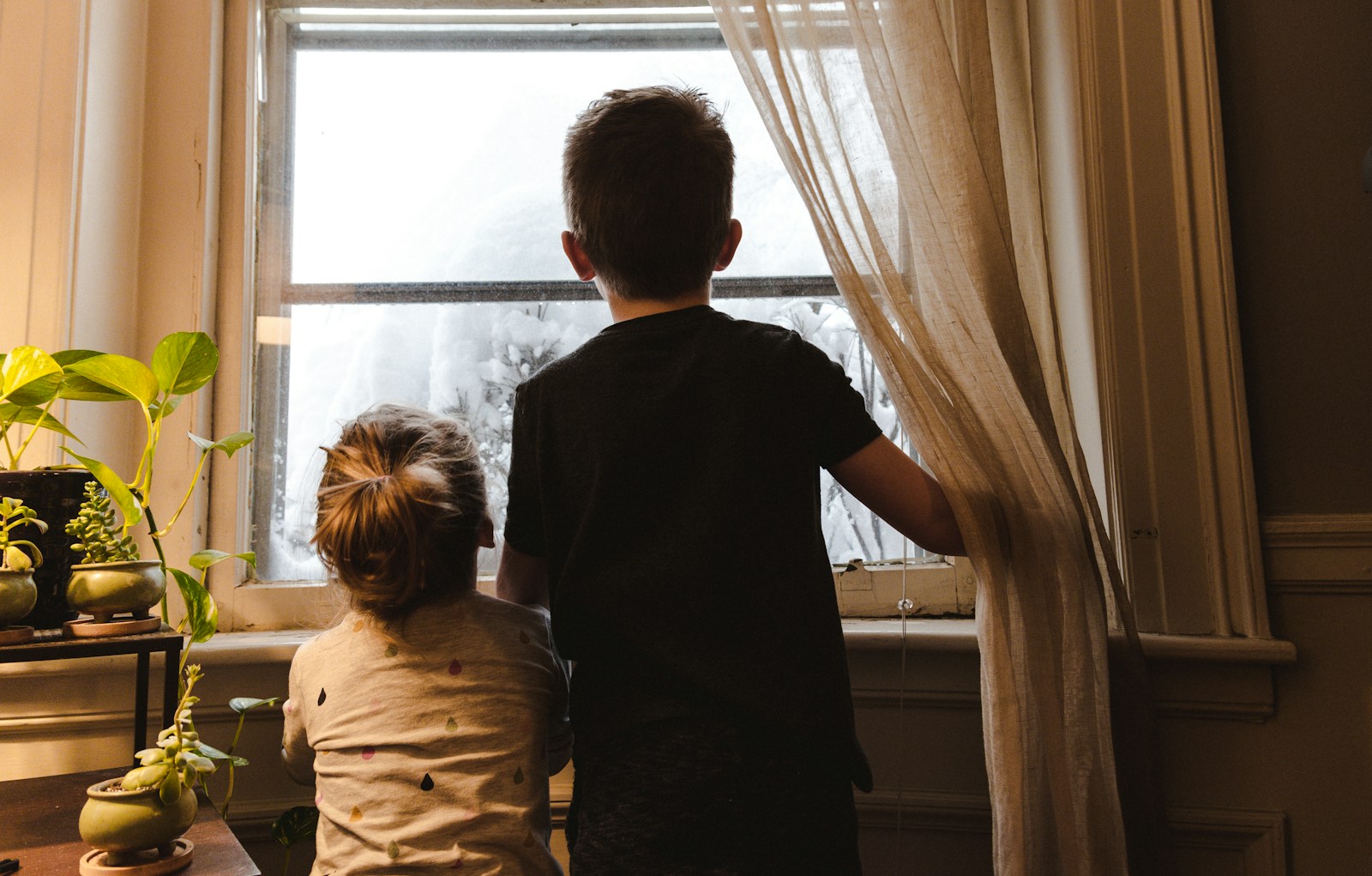Growing plants indoors is a magical journey that can transform your home into a green sanctuary while teaching children valuable life skills. Indoor gardening with kids combines education with fun, allowing young ones to witness the miracle of growth firsthand while developing patience, responsibility, and an appreciation for nature.
This comprehensive guide will walk you through creating an engaging indoor garden project that both you and your children will cherish.
Understanding the Benefits of Indoor Gardening with Children

Indoor gardening offers numerous developmental benefits for children beyond simply adding greenery to your home. When kids participate in growing plants, they develop fine motor skills through activities like filling pots with soil and carefully placing seeds. The process also builds patience and responsibility as children learn that plants require consistent care and don’t provide instant gratification.
Additionally, gardening serves as a living science experiment where children can observe germination, photosynthesis, and plant life cycles firsthand. Perhaps most importantly, creating an indoor garden together strengthens family bonds through shared purpose and collaborative achievement.
Selecting the Perfect Location for Your Indoor Garden

Finding the right location is crucial for a successful indoor garden with children. Look for spaces that receive adequate natural light, typically south or west-facing windows for most plants. Consider accessibility—your indoor garden should be at a height where children can easily reach and interact with the plants without requiring constant adult assistance.
Choose a location away from high-traffic areas where plants might get knocked over, but visible enough that children remember to care for them daily. Also consider proximity to water sources for convenient watering and maintenance, making the gardening routine easier for young helpers to maintain.
Choosing Kid Friendly Plants for Success
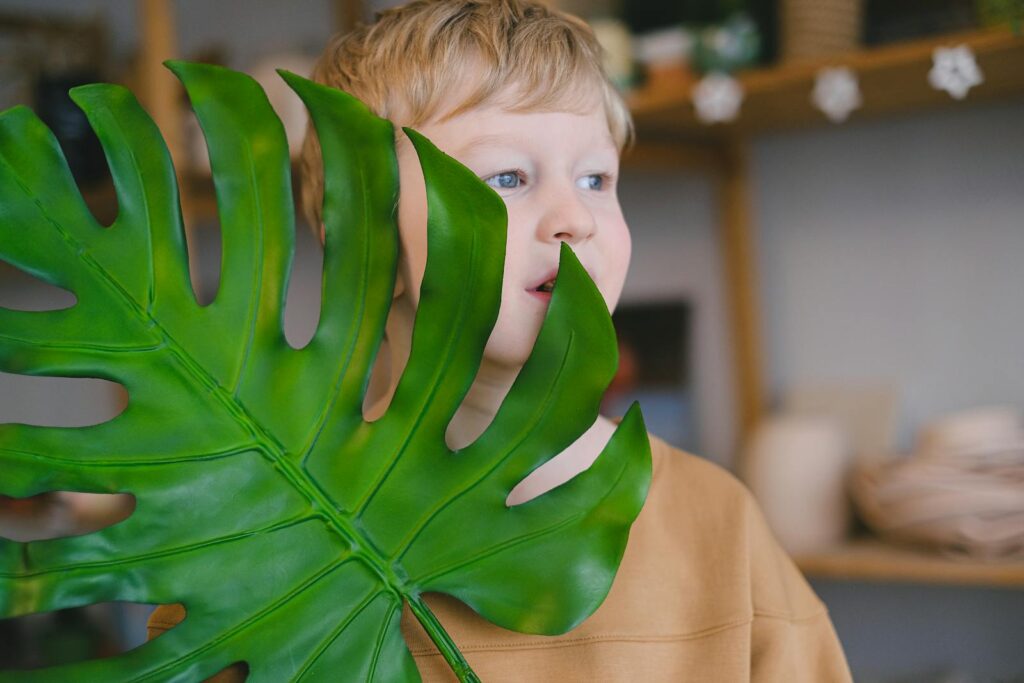
Selecting the right plants dramatically increases your chances of success when gardening with children. Fast-growing varieties like beans, peas, and sunflowers provide quick rewards that maintain children’s interest in the project. Sensory plants such as mint, basil, or lamb’s ear engage children through touch, smell, and taste, creating a multi-dimensional learning experience.
Consider hardy, forgiving plants like spider plants, pothos, or succulents that can withstand inconsistent watering and care while kids learn proper techniques. Edible options including cherry tomatoes, strawberries, and herbs offer the exciting reward of harvesting and eating what they’ve grown, connecting children to their food sources in a meaningful way.
Gathering Child Safe Gardening Supplies
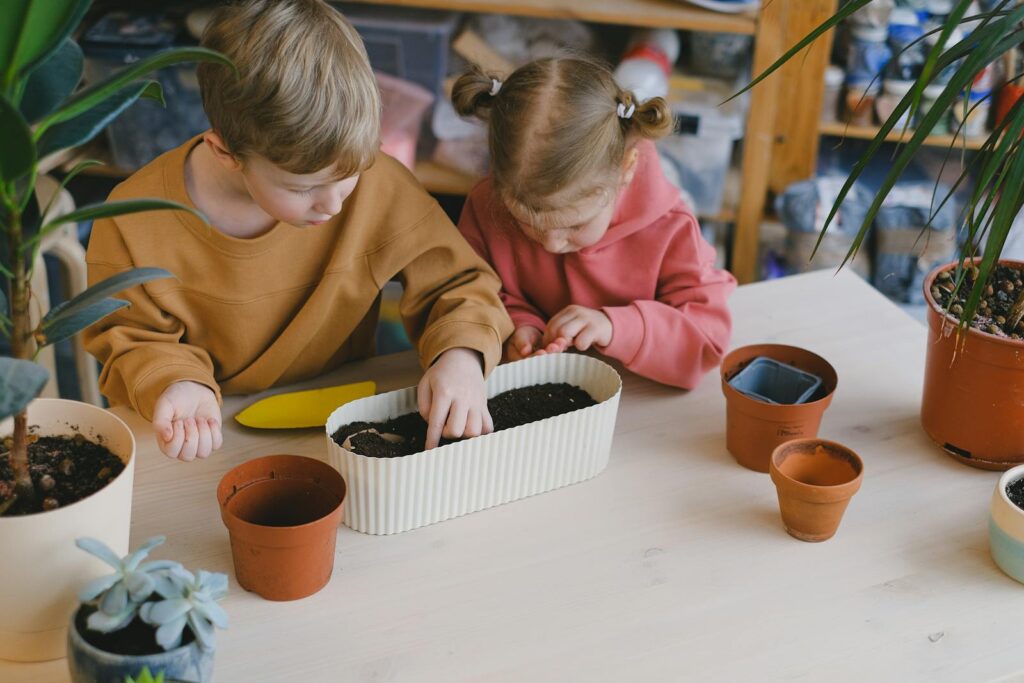
Assembling appropriate supplies ensures a safe and enjoyable gardening experience for children. Invest in child-sized gardening tools that fit small hands properly and allow for independent participation. Choose non-toxic, organic potting soil to eliminate exposure to harmful chemicals, especially since young children may touch their faces or mouths during activities.
Select containers with adequate drainage that are also appropriately sized for children to handle—lightweight plastic pots often work better than heavy ceramic options. Additionally, prepare clear plastic spray bottles for watering, child-safe plant markers for labeling, and washable aprons or smocks to protect clothing during enthusiastic gardening sessions.
Creating a Garden Theme that Excites Children
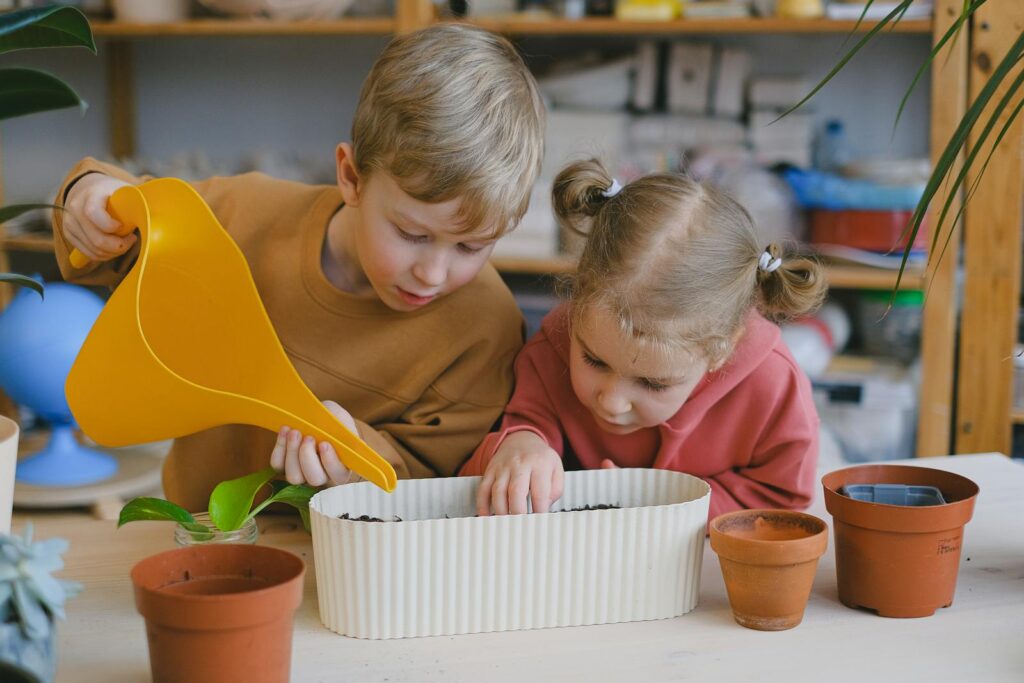
Developing a themed garden dramatically increases children’s engagement with the project. A pizza garden featuring tomatoes, basil, oregano, and bell peppers connects gardening to a favorite food while teaching about ingredients. A rainbow garden organized by colored pots or plants with different colored flowers provides a visual learning opportunity about color theory and plant diversity.
Consider a butterfly or pollinator garden with plants like marigolds or zinnias that might attract beneficial insects near windows. Alternatively, create a fairy garden with miniature accessories, tiny paths, and small-scale plants where children can incorporate imaginative play with gardening activities, making plant care part of their daily storytelling.
Setting Up a Child Friendly Planting Station
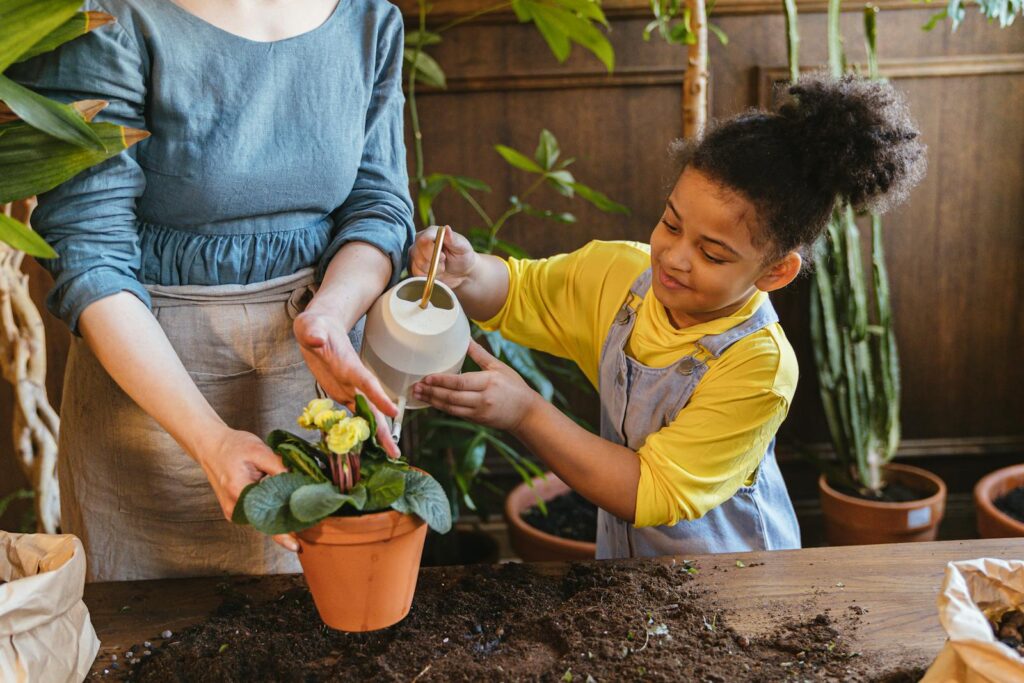
A dedicated planting station transforms gardening from a chore to a special activity. Designate a specific area with a child-height table or use a washable tablecloth on the floor to create a defined workspace for messy activities. Pre-portion soil into manageable containers that children can handle without creating enormous messes.
Organize supplies in labeled bins or trays so children can find what they need and learn to put materials away properly after use. Consider using plastic sheeting under the work area for easy cleanup, especially when working with younger children who may be more enthusiastic than precise with soil and water.
Teaching Proper Planting Techniques to Young Gardeners
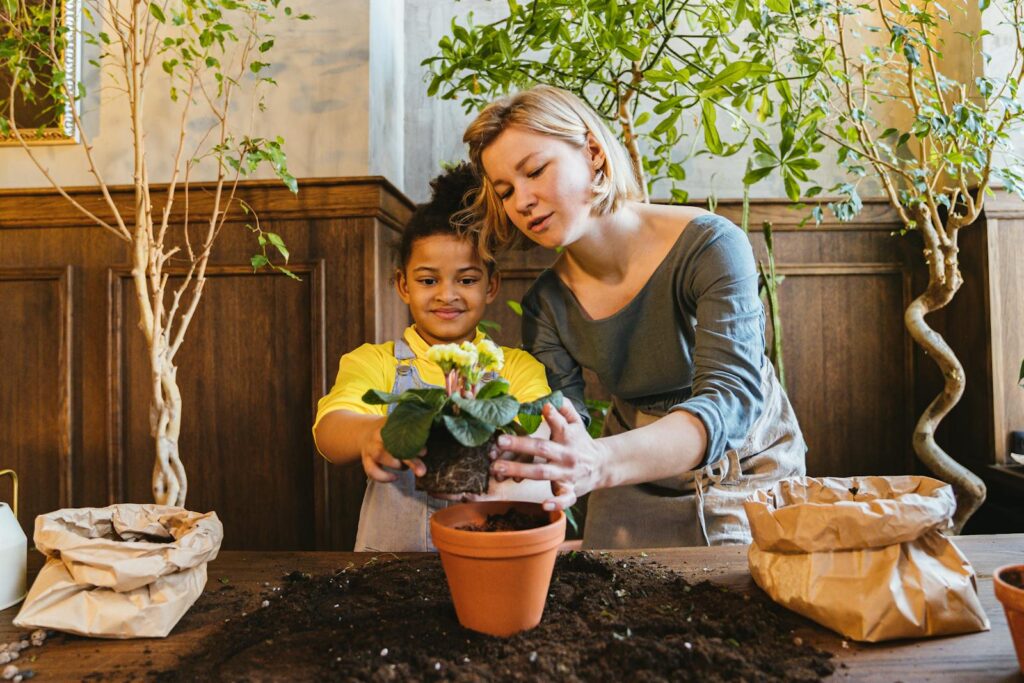
Children learn best through clear demonstration and hands-on practice when it comes to planting. Begin by showing how to prepare containers with drainage material like small stones at the bottom before adding soil. Demonstrate proper seed depth using child-friendly measurements—”plant this seed as deep as your fingernail” works better than abstract measurements.
Teach gentle handling of seedlings by having children use a spoon or small trowel to make holes rather than pushing directly with fingers which may damage delicate plants. Create visual aids like diagram cards showing the steps of planting that children can reference independently, fostering autonomy in their gardening practice.
Developing a Kid Managed Care Schedule
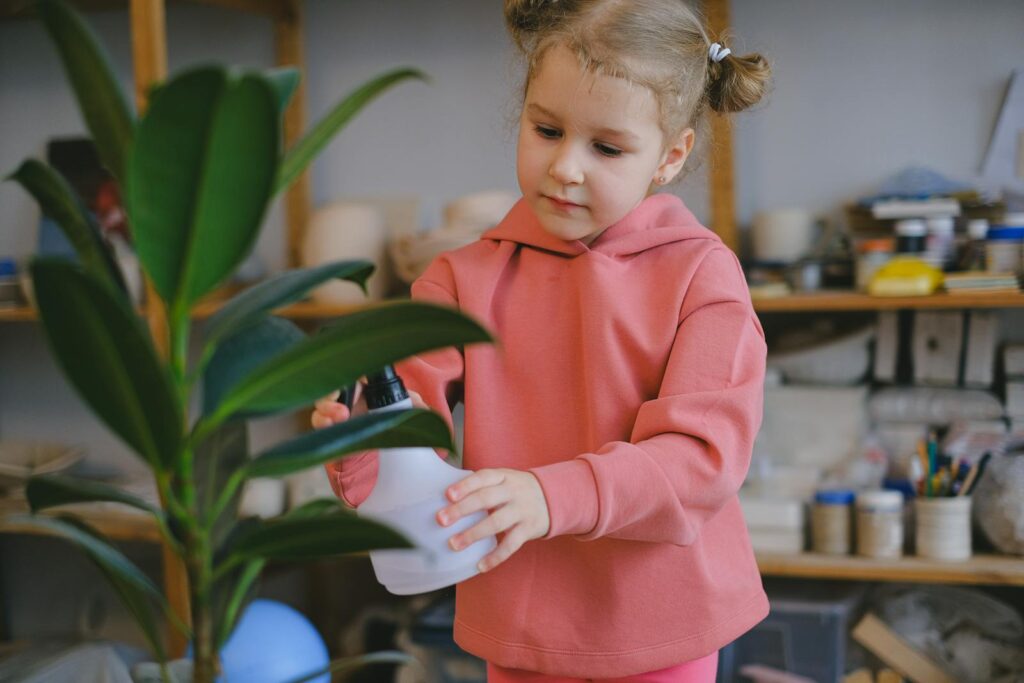
Creating structured routines helps children develop responsibility through their gardening project. Design a simple picture-based chart showing when plants need watering, checking for growth, or other care tasks. Use a special calendar where children can place stickers or make marks when they complete garden care tasks, providing visual reinforcement of their contribution.
Consider setting timers or alarms as reminders for plant care that children can respond to independently. Adjust responsibilities based on age—younger children might only handle watering while older kids can manage pruning, fertilizing, and pest inspection as well.
Incorporating Educational Activities into Gardening
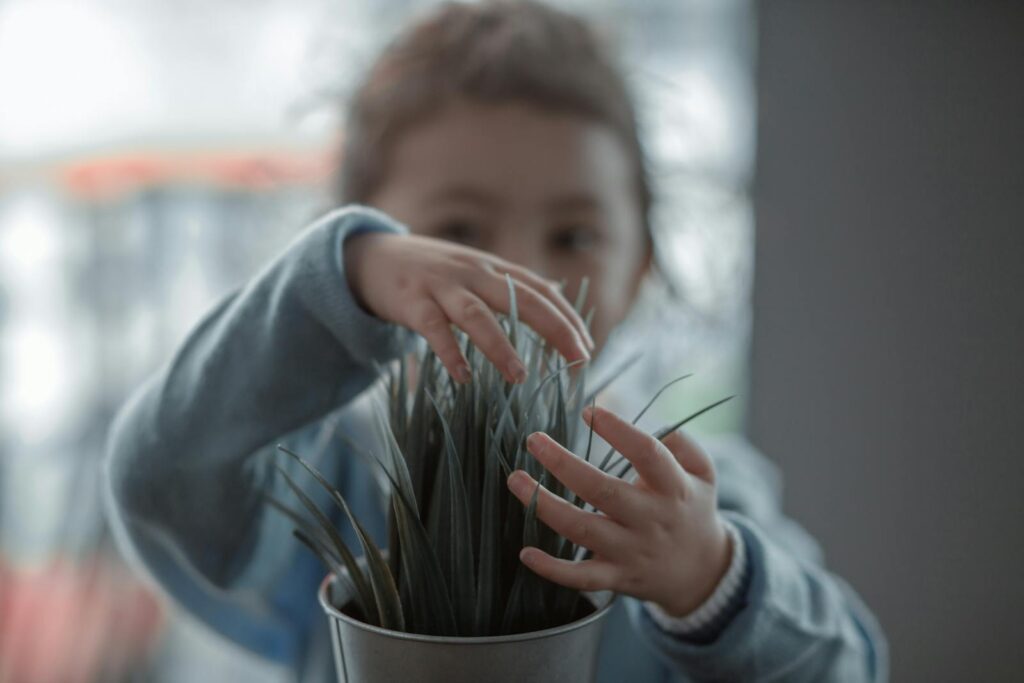
Indoor gardening provides countless opportunities for integrated learning experiences. Start a garden journal where children draw pictures of plants at different stages and record observations, combining art, writing, and science. Measure and graph plant growth weekly using rulers, teaching mathematical concepts through practical application.
Research plant origins on maps to incorporate geography lessons, learning where different herbs or vegetables originated before becoming common garden plants. Create plant identification cards with facts about each species, building research skills and botanical knowledge while creating a reference library for your home garden.
Troubleshooting Common Problems with Children
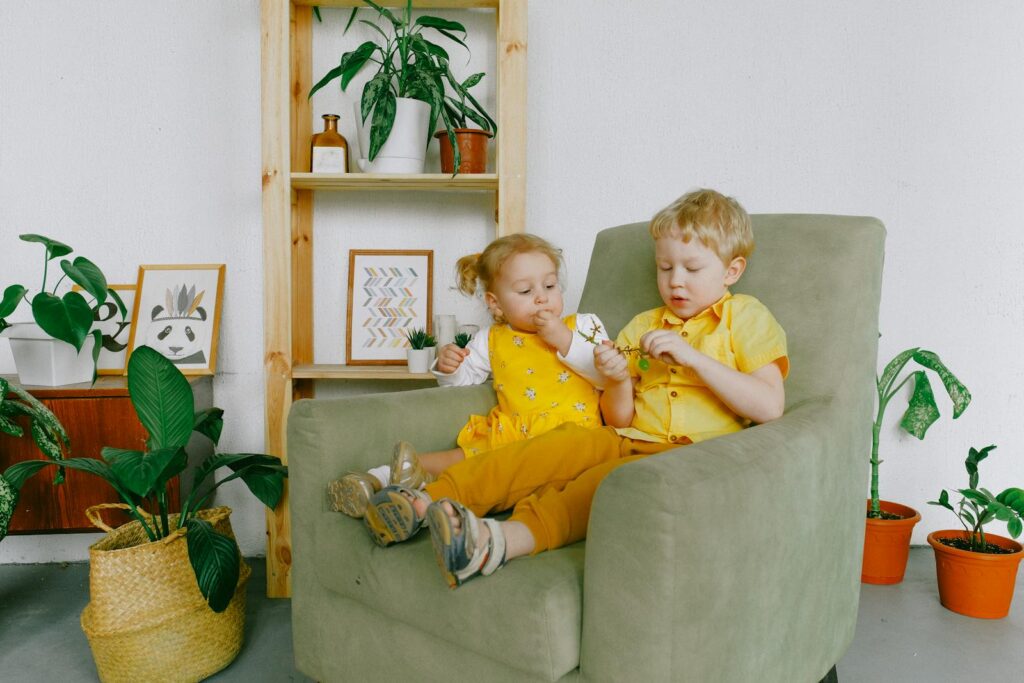
Garden challenges provide valuable teaching moments when approached properly with children. When plants don’t thrive, use these opportunities to discuss plant needs and problem-solving rather than focusing on failure. Create a plant “hospital” where struggling plants can receive special attention, teaching children about plant rehabilitation and care.
Develop a simple diagnostic approach children can use—checking soil moisture, light levels, and examining leaves for signs of issues. Most importantly, model resilience by showing enthusiasm for trying again with new strategies when plants don’t succeed, demonstrating that gardening, like life, involves continuous learning through both successes and setbacks.
Celebrating Garden Milestones and Harvests
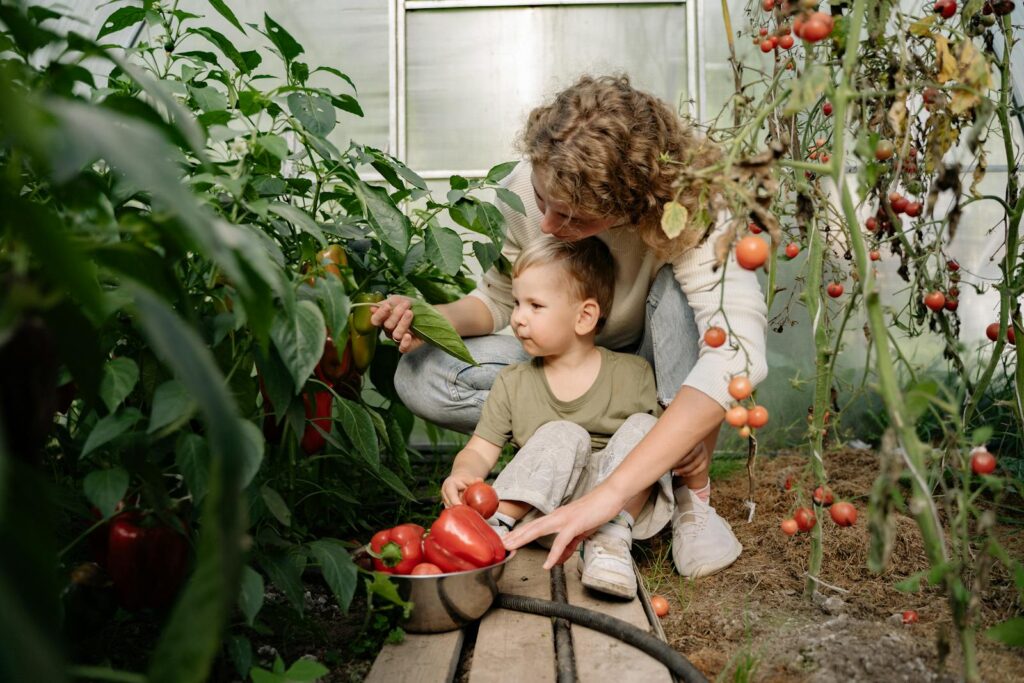
Acknowledging achievements maintains enthusiasm throughout the gardening journey. Take “before and after” photos of the garden space and individual plants to create visual records of progress that children can proudly review. Host special “garden parties” when plants flower or produce harvests, making these natural milestones into family celebrations.
Create recipes together using harvested herbs or vegetables, connecting the gardening experience to cooking and nutrition. Consider garden-themed crafts like pressing flowers, making herb sachets, or creating plant markers as ways to extend the garden experience into creative projects that commemorate successful growing.
Expanding Your Indoor Garden as Skills Develop
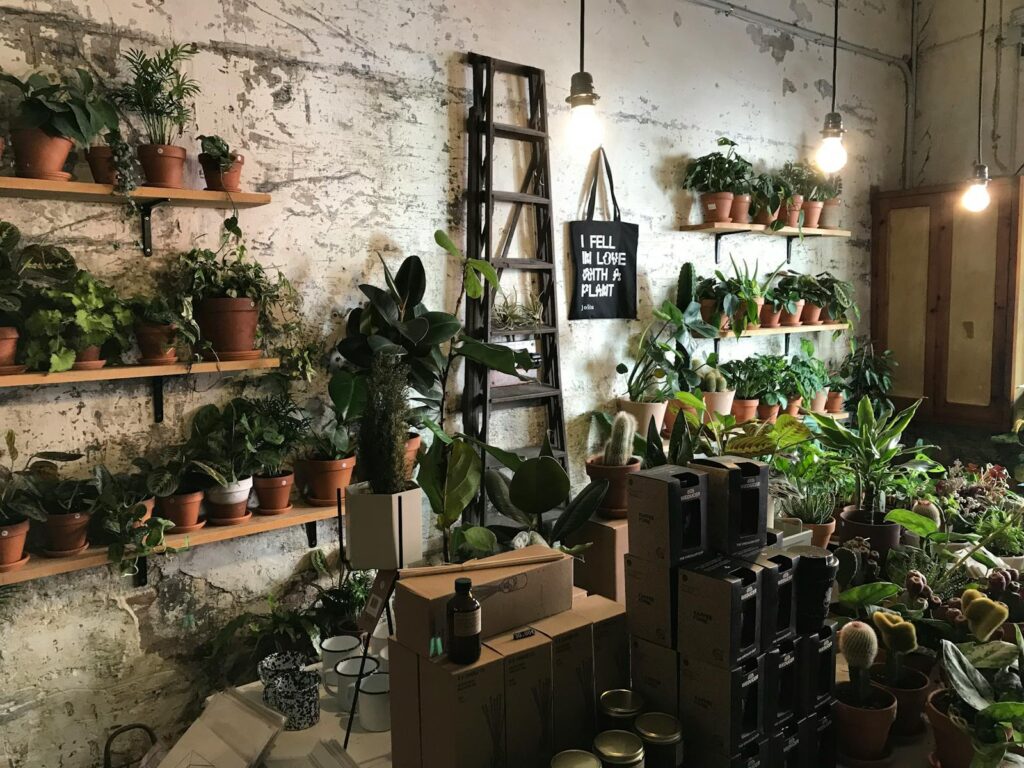
As children gain confidence and knowledge, gradually increase the complexity of your indoor garden projects. Introduce propagation techniques like growing plants from cuttings, teaching children how to create new plants from existing ones. Experiment with more challenging plant varieties that require special care or have unique growth habits.
Consider hydroponics or other soil-free growing systems as science projects that demonstrate alternative cultivation methods. Gradually transfer more garden decision-making to children, allowing them to research and select new plants, design garden arrangements, and develop care protocols based on their accumulated knowledge and growing interests.
Connecting Indoor Gardening to Environmental Awareness
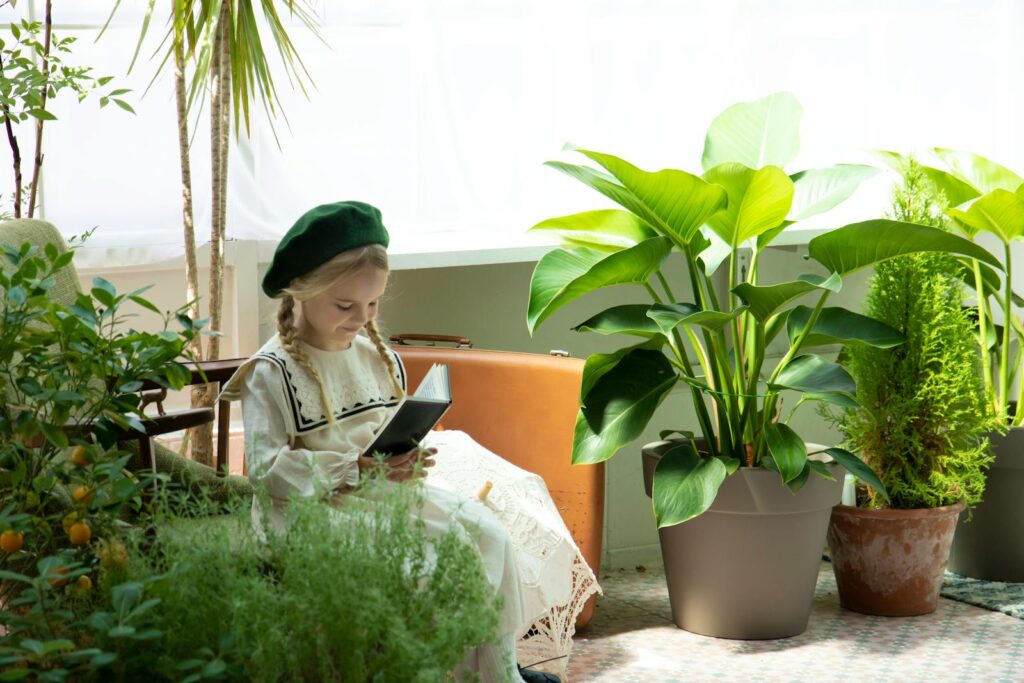
Indoor gardening naturally leads to broader conversations about our relationship with the natural world. Discuss how plants clean the air and produce oxygen, helping children understand the environmental benefits of growing things indoors. Introduce composting with a small indoor worm bin or compost container, teaching principles of recycling and natural waste management.
Talk about plant conservation and biodiversity while researching the origins and natural habitats of your indoor plants. These conversations help children develop an environmental consciousness that extends beyond your home garden to an understanding of global ecological systems and their importance.
Planting Seeds of Wonder and Responsibility
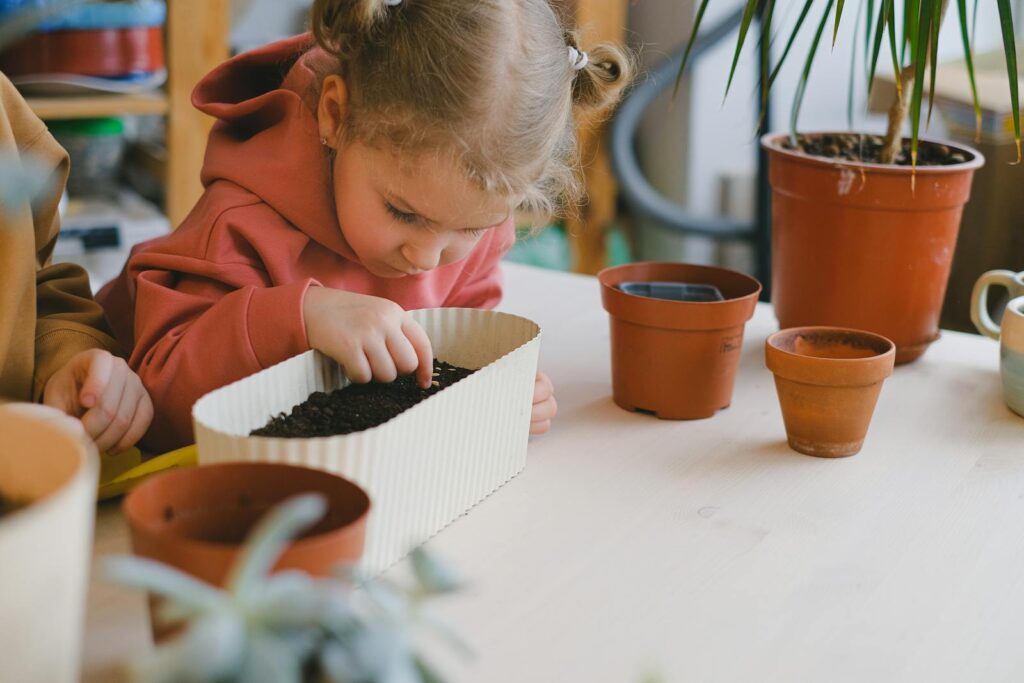
Indoor gardening with children offers far more than just decorative houseplants—it creates a living laboratory for learning, a canvas for creativity, and a foundation for environmental stewardship. By approaching this activity with patience and enthusiasm, you’ll cultivate not only healthy plants but also curious minds, responsible habits, and precious family memories.
As your indoor garden grows and evolves, so too will your children’s connection to nature and their understanding of the care all living things require. The seeds you plant together today—both literal and figurative—will continue to flourish long after your children have outgrown their first small watering cans.

